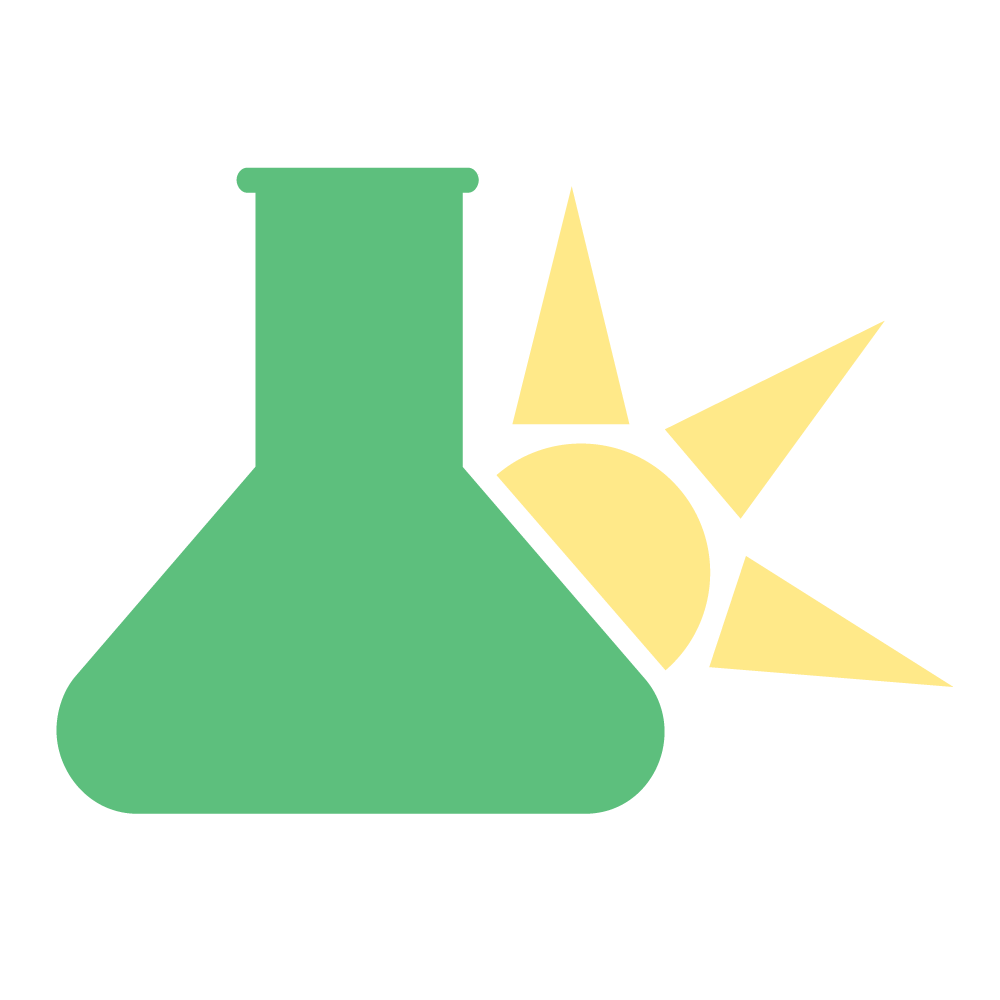Suma, otherwise known as pfaffia, or Brazilian ginseng, is one of the most well rounded herbs in the entire Amazon rainforest. It's an adaptogen, and improves...
Rosemary (Rosmarinus officinalis)
What is Rosemary?
Plants have ingenious ways of spreading their seeds around the world.
One of the most successful is the rosemary shrub.
The desirable flavor, and useful medicinal qualities of rosemary have enticed humans to carry its seeds along with them from Europe as they spread to all corners of the earth.
The majority of rosemary around the world is used for its desirable culinary quality, however, there are plenty of good medicinal uses of the plant as well.
It's used primarily as a nervine, circulatory stimulant, and digestive.
It stimulates blood flow to the body and the brain and has the benefits of promoting mental clarity, and moving other herbs deeper into the peripheral blood system.
The volatile oils contained in its leaves stimulate digestion and soothe upset stomachs.
Here's everything I know about rosemary.
Featured Rosemary Products
How Is Rosemary Used?
Rosemary is popular in cooking. It's used medicinally to increase blood flow to the brain, reduce nerve pain, and improve digestion. The essential oil is used topically to promote blood flow and stimulate the hair follicles involved with premature balding.
Herb Details: Rosemary
Herbal Actions:
- Antidepressant
- Antimicrobial
- Antispasmodic
- Emmenagogue
- Nervine Stimulant
- Nootropic
- Rubefacient
- Carminative
Weekly Dose
- (1:2 Liquid Extract)
15-30 mL - View Dosage Chart
Part Used
- Leaf & twigs
Family Name
- Lamiaceae
Distribution
- Originally from Mediterranean, but has since spread all over the world.
Constituents of Interest
- Volatile oil (borneol, camphene, camphor, linalool)
- Apigenin
- Rosmarinic acid
- Carnosol & Carnosolic acid
- Rosmaricine
Common Names
- Rosemary
- Roosmaryn (Afrikaans)
- Rozmarinë (Albania)
- Ikleel al-Jabal (Arabic)
- Rozmarin (Bulgaria)
- Romarin (France/Germany)
- Mannenro (Japan)
- Alecrim (Portugal)
- Mi Die Xiang (China)
CYP450
- CYP1A2
- CYP3A4
- CYP2C9
- Also P-gp
Quality
- Warm, Acrid
Pregnancy
- Caution advised during pregnancy.
Taste
- Sweet, Acrid, Slightly Bitter
Duration of Use
- Long term use is acceptable.
Botanical Info:
Rosemary is a member of the mint family, which is one of the largest plant families. It contains roughly 236 different genera, and 6900-7200 different species.
The Rosmarinus genus contains 4 different species, the one most commonly used as medicine is Rosmarinus officinalis, though the other species also have some use in the regions in which it grows.
It's hardy to colder climates, but grows primarily in the Mediterranean. It's also highly drought-resistant, and can survive without water for very long periods of time.
Clinical Applications of Rosemary
Rosemary is most useful as a circulatory stimulant, nervine stimulant, carminative and digestive.
It's used to treat cognitive conditions involving poor blood flow like Alzheimer's disease, syncope, and headaches. it's also used as a nootropic and for increasing blood flow to the follicles of the hair to support hair growth. The essential oil is especially useful here for addressing symptoms of premature balding. It's also an excellent nervine used for conditions like neuralgia, sciatica, and depression when associated with debility or concussion.
Its digestive properties make it useful for addressing flatulence, indigestion, dyspepsia, and recovery from intestinal tract infection.
Cautions:
Avoid using therapeutic doses of rosemary while pregnant. This doesn’t include small doses of rosemary used in cooking.














As COVID-19 continues to spread around the world, we’re getting a lot of questions on what the potential role of herbal medicine is during the outbreak. Learn how the virus works and how to limit your chances of transmission.